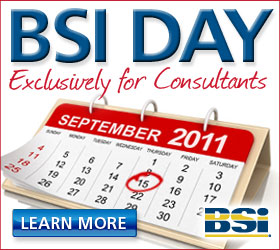Because many organizations are trying for formal certification, the pressure is on to standardize and document processes. This is also true for any robust improvement effort. Organizations are currently drowning in processes that have evolved over time and consequently become rife with confusion, conflict, complexity, and chaos. There are wide gaps between how these processes should work and how they actually do work.
If any of you have tried to standardize a process, you have no doubt run into two inescapable realities of improvement:
• Things are the way they are because they got that way.
• Unless you understand how they got that way, they are going to stay that way.
…

Add new comment